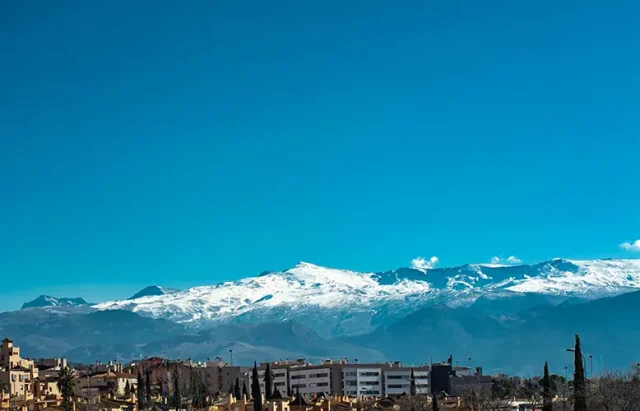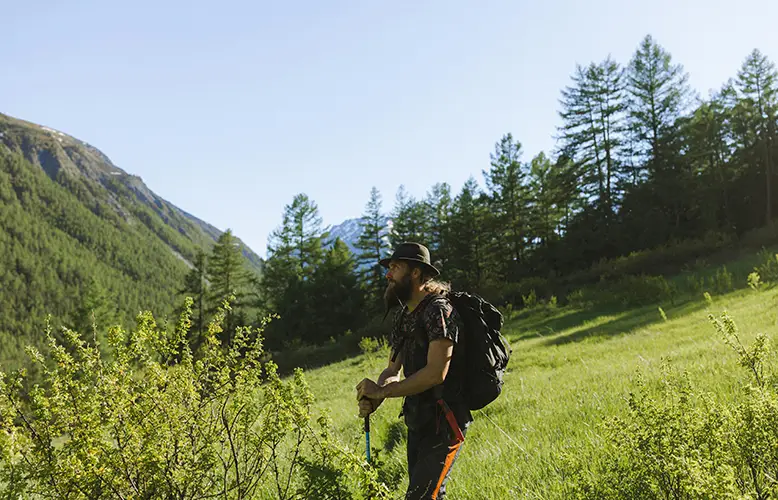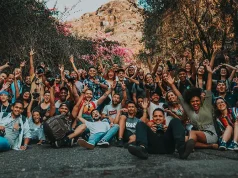
Tucked deep in the jungles of Colombia’s Sierra Nevada, the Lost City (Ciudad Perdida) isn’t just a destination – it’s a rite of passage. Built by the ancient Tayrona civilization centuries before Machu Picchu, this sacred site can only be reached on foot, through a multi-day trek that winds across rivers, steep jungle trails, and misty mountain passes.
Unlike other tourist hotspots, the Lost City doesn’t give itself away easily. You’ll sweat for it, climb for it, and sleep in remote jungle camps just to glimpse its moss-covered terraces. But what makes the journey unforgettable isn’t just the ruins – it’s everything you face to get there.
This guide dives into what the brochures won’t tell you: real costs, how fit you actually need to be, and the small, surprising truths that make or break the trek.
This Trek Isn’t Budget Travel Anymore
Most people assume Colombia is cheap, and in many ways, it still is. But the Lost City Trek is one of the country’s most regulated adventures, and prices reflect that.
Whether you book a 4-day or 5-day trek, expect to pay around $500 USD (COP 2,150,000) per person. This includes transport from Santa Marta, local guides (usually from the Wiwa or Kogi communities), lodging in jungle camps, meals, and park entrance.
Several licensed companies run the trek, and price fixing means you won’t save much by shopping around – though shared group options may be slightly cheaper. One local agency recently offered a group promo at COP 1,860,000 (~$450).
Private or luxury tours, where you might have fewer people or more comfortable camps, can cost significantly more.
What you won’t pay for, but absolutely need, is travel prep: vaccinations, gear, and travel insurance. And if you’re traveling to Colombia from abroad, don’t forget to complete your entry form via colombia-checkmig.com. It’s a small but essential part of entering the country post-COVID, and skipping it could mean trouble at immigration.
You Need More Than Just Decent Fitness

You don’t need to be a triathlete, but don’t underestimate the physical demands of this trek. You’ll be walking roughly 44 km (27 miles) through slippery jungle paths, steep climbs, and knee-busting descents. The trail has a few flat sections.
Add to that the high humidity, river crossings, and the very real possibility of downpours – and suddenly, it’s not just a hike, it’s an endurance test.
To prepare, focus on cardio and leg strength. Hiking with a loaded pack, stair climbing, running, or trail walking in humid conditions will get your body used to what’s coming.
Some hikers report that mental stamina becomes just as important by Day 3, when you’re sore, soaked, and still far from the top.
According to a recent BBC feature, even seasoned travelers are surprised by how rugged it gets. One hiker described it as “equal parts beautiful and brutal,” especially during the rainy season, when trails turn to mud rivers.
What No One Tells You (But Should)
Here’s where the polished tour descriptions start to fall short. The truth? This trek is less about luxury and more about resilience.
First, be ready to sleep in shared jungle camps – sometimes in hammocks, sometimes in bunk beds – with minimal privacy. You’ll be up at dawn, hiking by sunrise, and asleep shortly after dinner.
Second, the food is simple yet filling – rice, beans, plantains, and chicken – but if you have dietary restrictions, it’s best to bring your own snacks. Many hikers report mild stomach issues, so bring water purification tablets and some rehydration packs, just in case.
Third, this isn’t just an outdoor adventure. The Lost City is sacred land. It’s older than Machu Picchu and still considered spiritually alive by the Kogi and Wiwa people.
Portions of the trail are used for ceremonies and indigenous offerings. Guides often explain the cultural context, but it’s important to treat the journey with humility and respect – you’re a guest here, not a tourist.
Oh, and did we mention the bugs? Bring a strong repellent—and don’t forget to reapply it frequently.
Is It Worth It?
Absolutely – but not in the way you might expect.
The view from the top – those ancient stone terraces covered in moss, with the jungle sprawling endlessly in all directions, is unforgettable.
But it’s the journey there that stays with you: conversations with local guides, rivers you wade through with your boots slung over your shoulder, the realization that your phone hasn’t buzzed in days, and you don’t even miss it.
It’s not easy. It’s not supposed to be. And that’s what makes it so damn satisfying.
So, are you ready for it?





